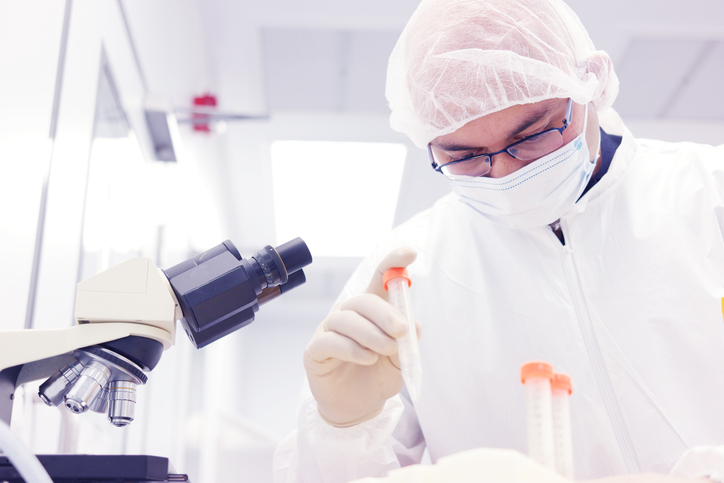By Gareth Macdonald
Biopharma is warming to “digital twins” with more firms using computer models to develop and control drug manufacturing. And the approach need not be limited to APIs, according to GSK researchers who used it to optimize vaccine adjuvant production.
The scientists, based in Belgium, Italy, and the U.S., created a digital version of an adjuvant manufacturing process with the aim of optimizing and automating the controlling size of the particles produced.
Adjuvants are used to enhance the immune response to vaccine active ingredients by providing additional stimulation to the innate immune system. In this case, the adjuvant being made is composed of two immunostimulatory molecules surrounded by a lipid layer.
The GSK team used a combination of technologies—including a NIR spatially resolved spectroscopy (NIR-SRS) device—to measure parameters such as temperature, pressure, and flow rate. The team then developed a computational fluid dynamics (CFD) model they used to study the effect of these on the size of the adjuvant particles.
The CFD model results were combined with the experimental data to build what the authors call a “state estimator model,” which is a machine learning (ML) model that maps input process parameters to adjuvant particle size and quality. The output from the state estimator model was used to predict in-process deviations and send to the control model to calculate corrective actions.
The next stage was to transfer the model to a GMP-environment where, the authors say, it was able to monitor and control key parameters during a small-scale engineering production run. Indeed, it was even able to cope with when the researchers varied the temperature of the process.
“The temperature perturbation was introduced at 150s; the state estimator model estimated the new size of the adjuvant particles based on the inputs and compared with the normal range. As the particle size started to deviate from desired values, the digital twin calculated new flow rates for aqueous and organic phases to bring the deviated adjuvant particle size within the acceptable range. The control actions helped to maintain the critical quality attribute within specifications.”
Predictive
The ability to respond and correct for simulated “perturbations” proved the value of digital twins in adjuvant production.
“The digital twin is based on a hybrid model that estimates the current state of the process and predicts any control action needed to maintain product critical quality attributes. The PAT models acted as the eyes of the process and helped us to continuously monitor the process performance. The surrounding IT/OT structure helped us to deliver automated control responses to the feedback loop.”
The experience of using such a model in a controlled manufacturing setting was also important according to the GSK team. They wrote that “To our knowledge, the implemented case study represents the first published application showing how to build a real digital twin for a biopharmaceutical process step and its transfer to a GMP environment. The process of development and implementation was helpful to understand the key challenges of developing such a twin in a development and GMP environment.”


